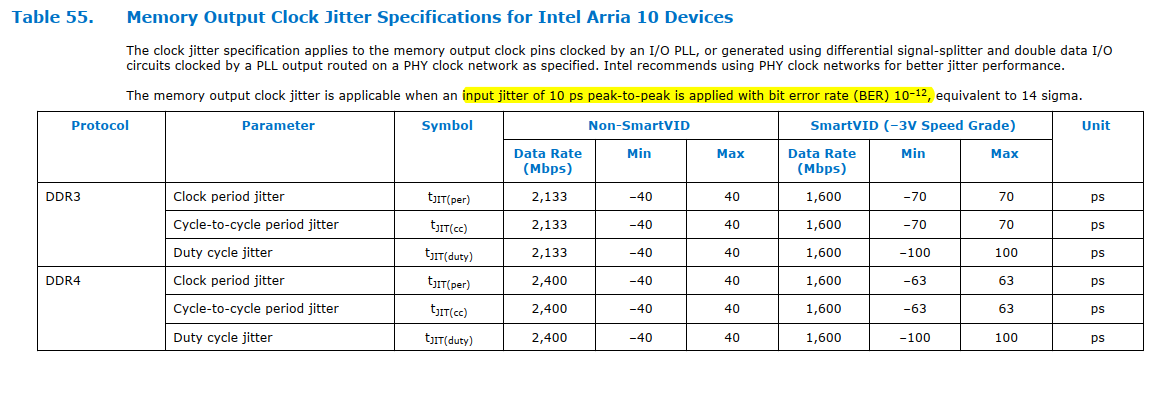Tool/software: WEBENCH® Design Tools
Hi Zoe and technical support team
I have related question about following E2E.
https://e2e.ti.com/support/clock-and-timing/f/48/t/711966
I tried Zoe's .mac(changed .pdf) you have adjusted RMS jitter with LMK03328EVM.
e2e.ti.com/.../4174.LMK03328_5F00_rev2.pdf
My waveform is below and red circle is peak to peak jitter(16.19ps).
When you tried it , RMS jitter shows 156.864fsec(peak to peak jitter 1.167ps(156.864x7.44). It is lower than my result.
【My environment 】
Power supply: Metronix 545c(old product) → 5V for J3pin.
OUT7P/N → 100Ω for R75 . I probe on R75.
External Cap for Loop filter → 0.003uF for fraction
Best Regards,
ttd
Best Regards,
ttd




